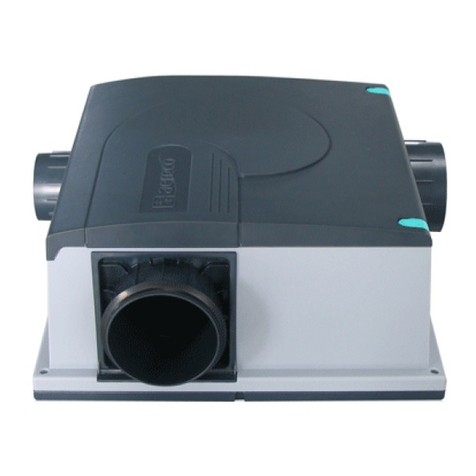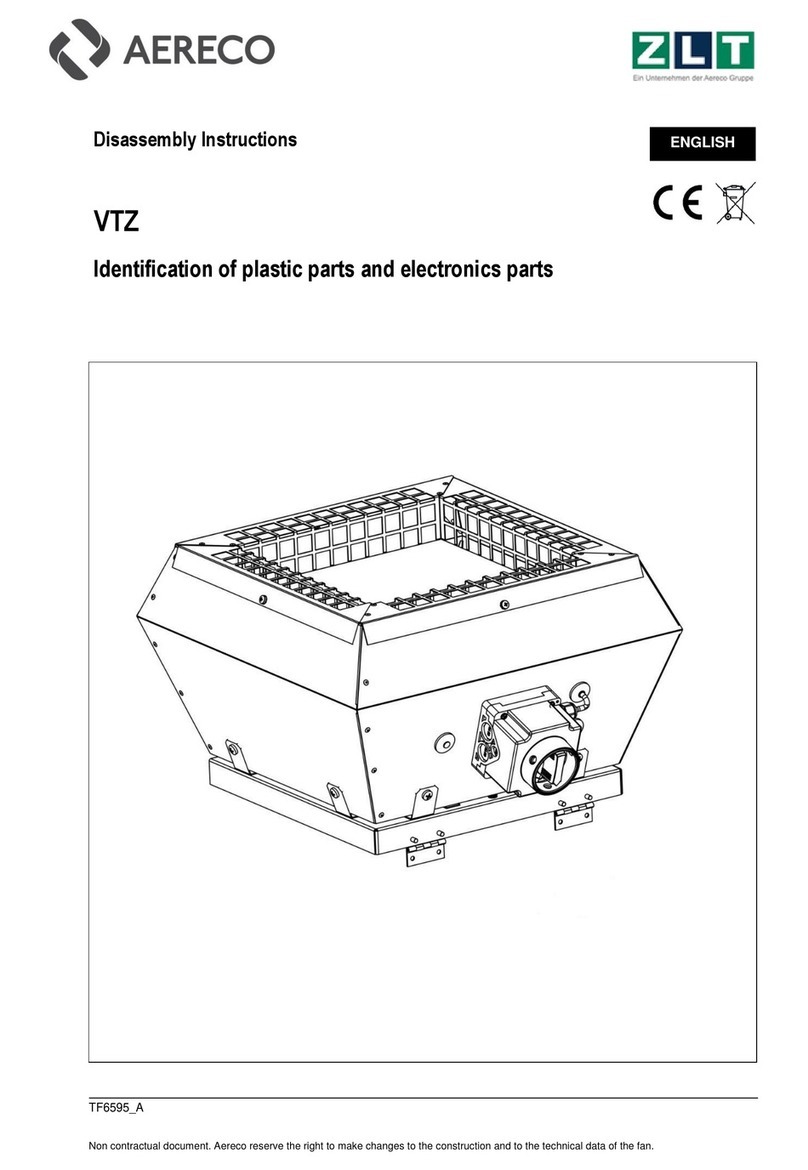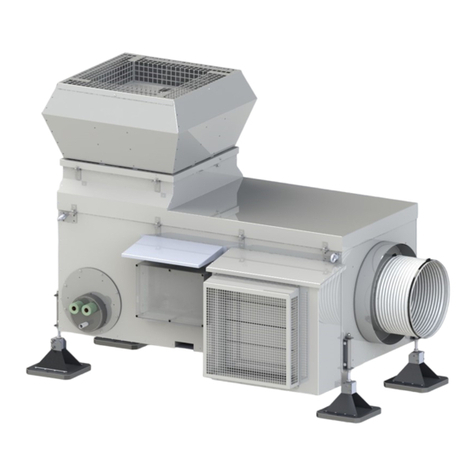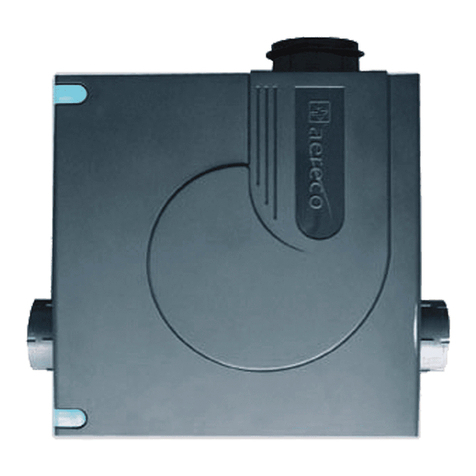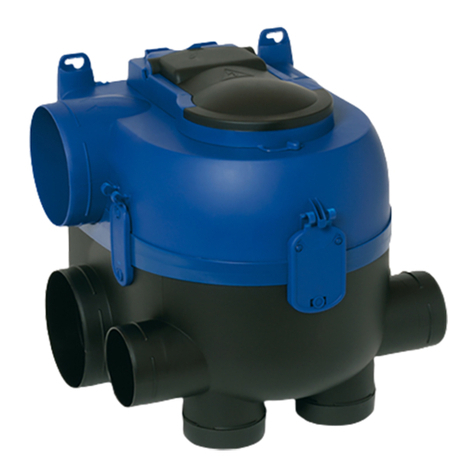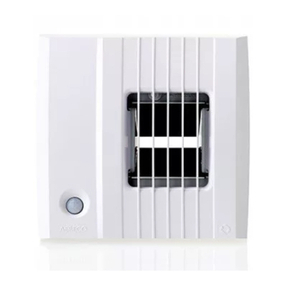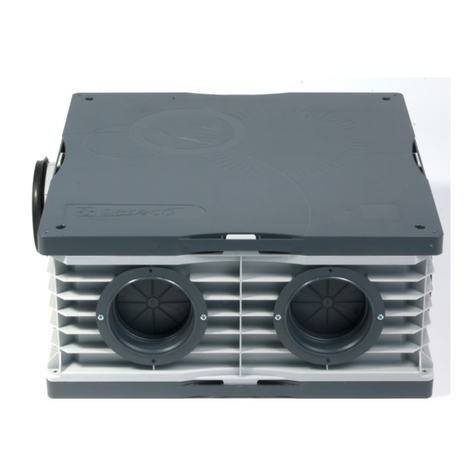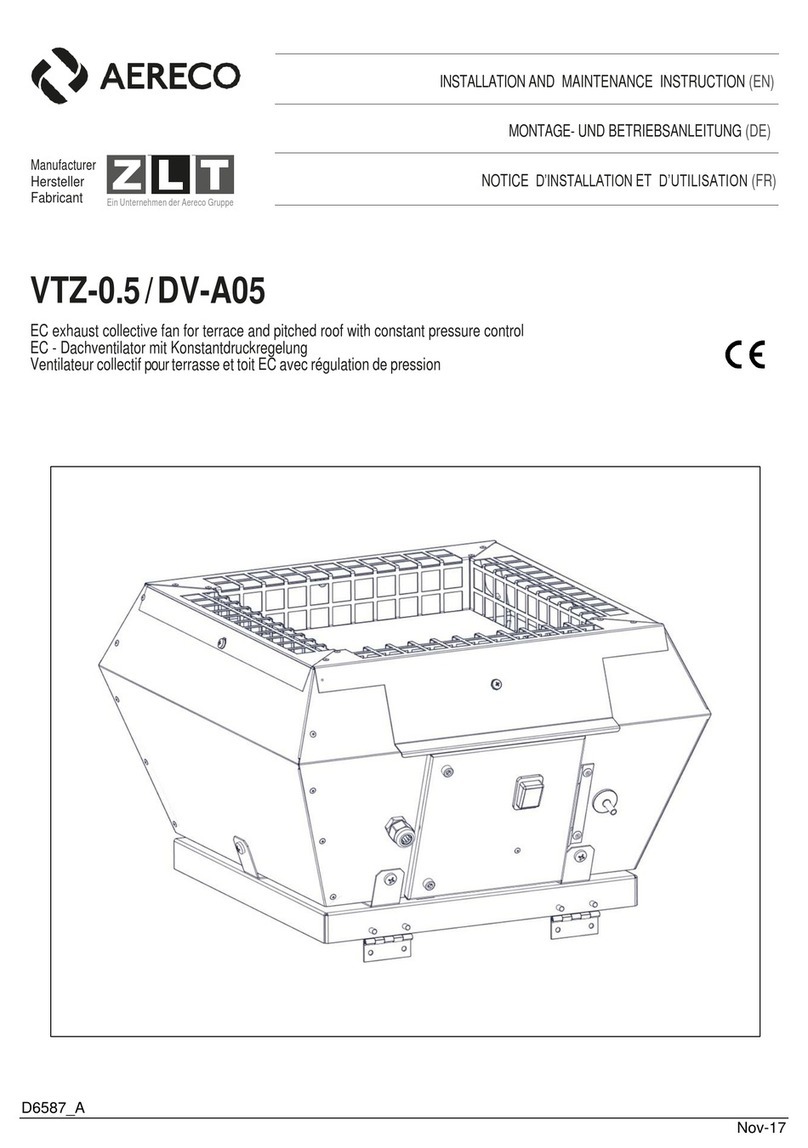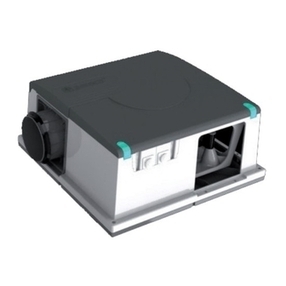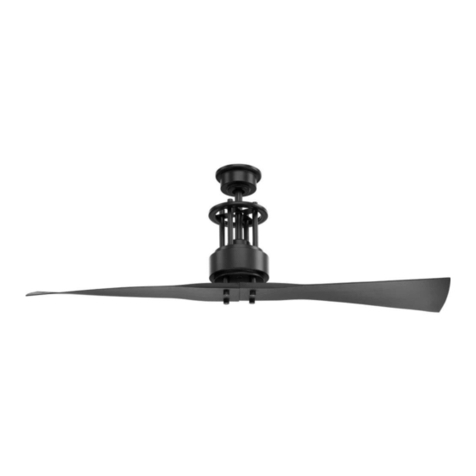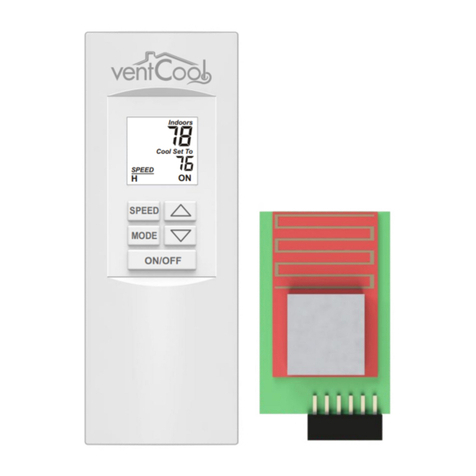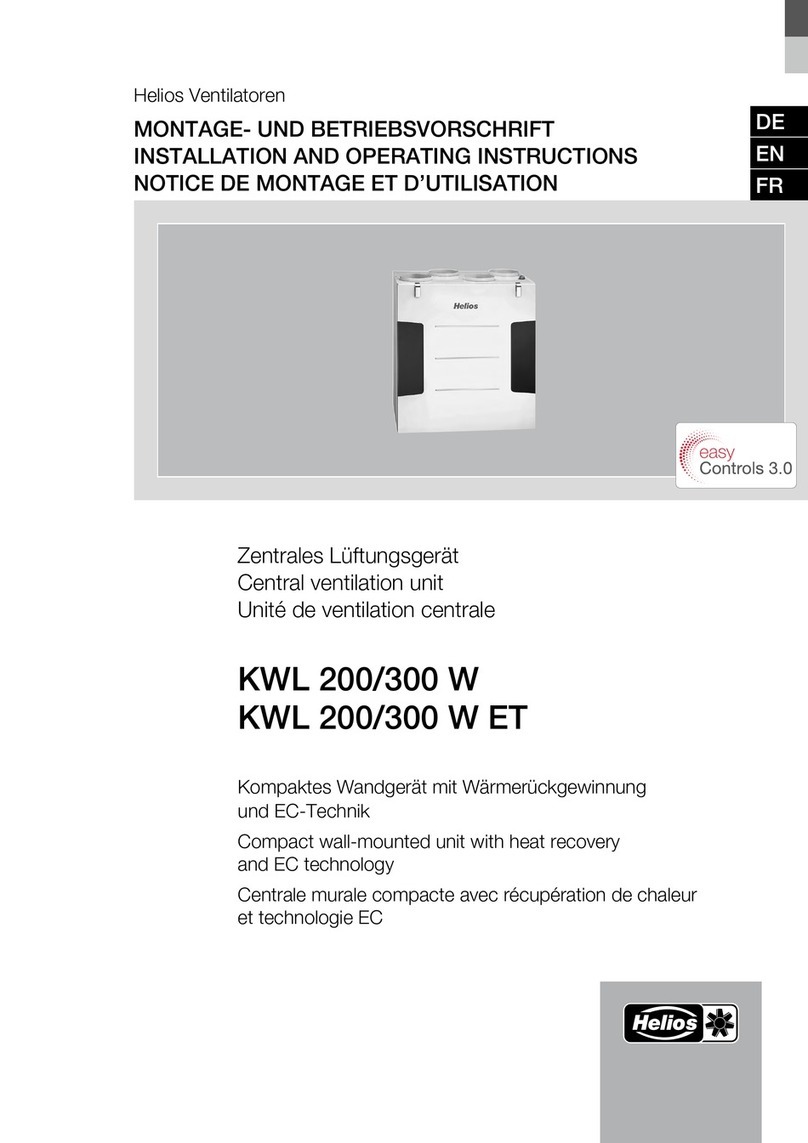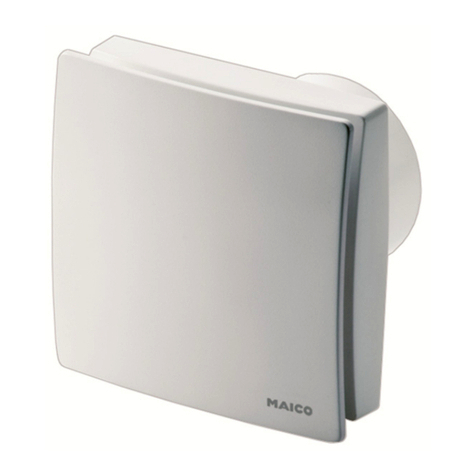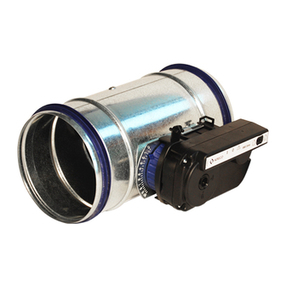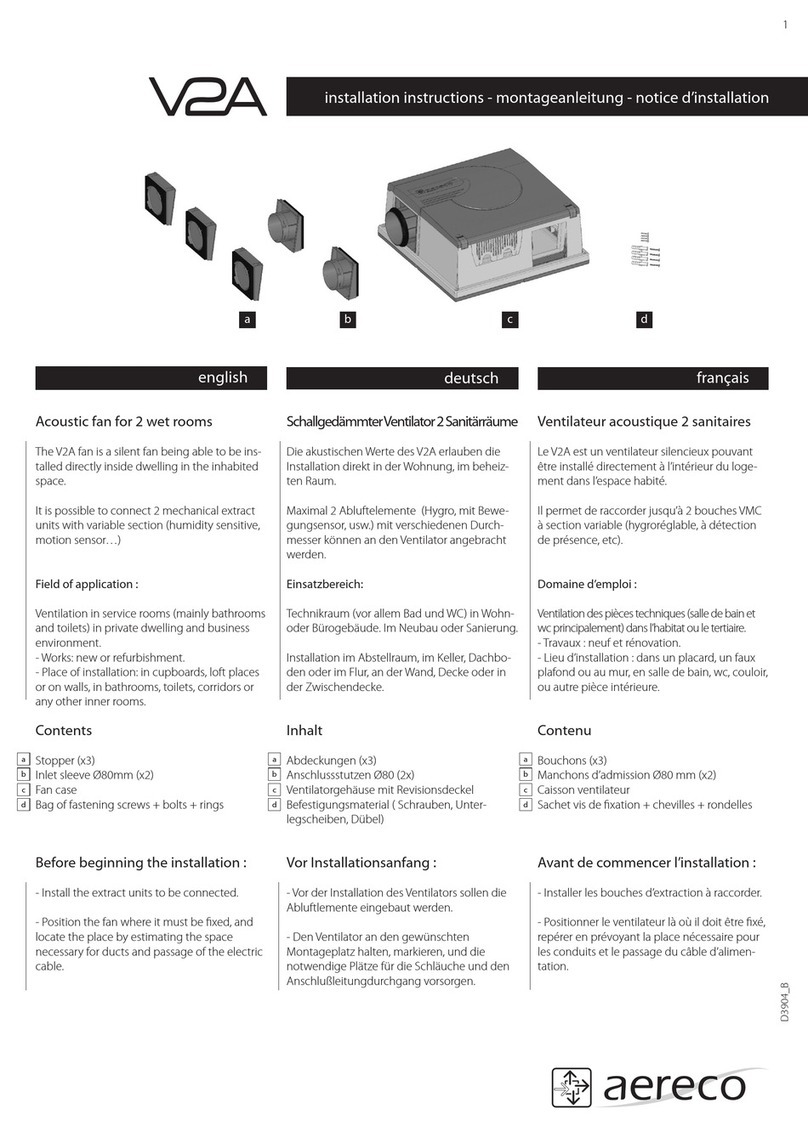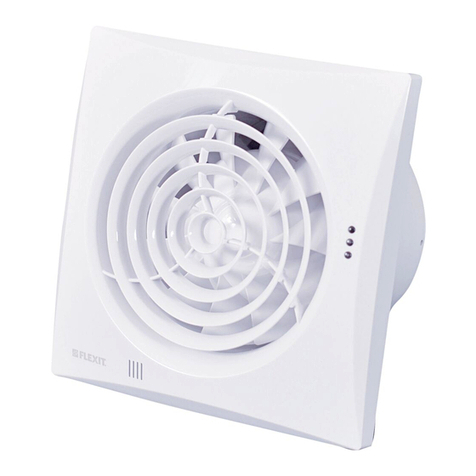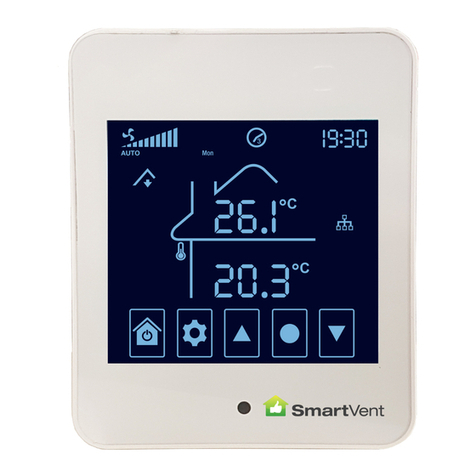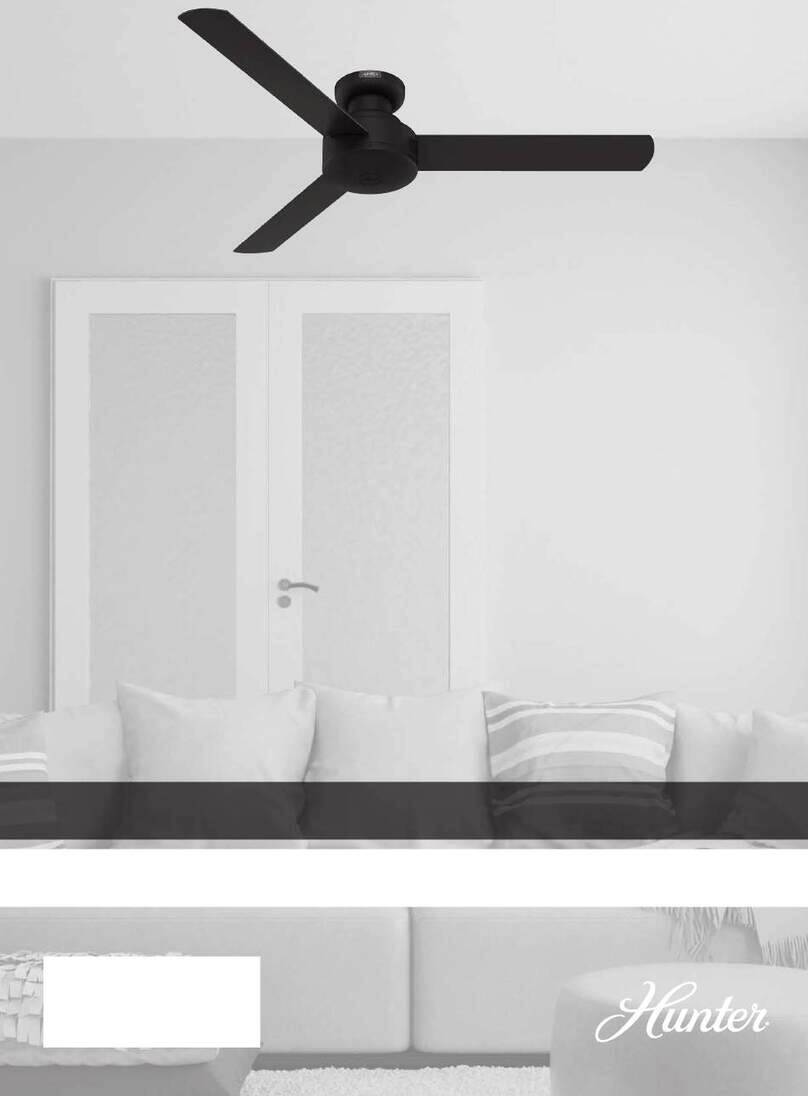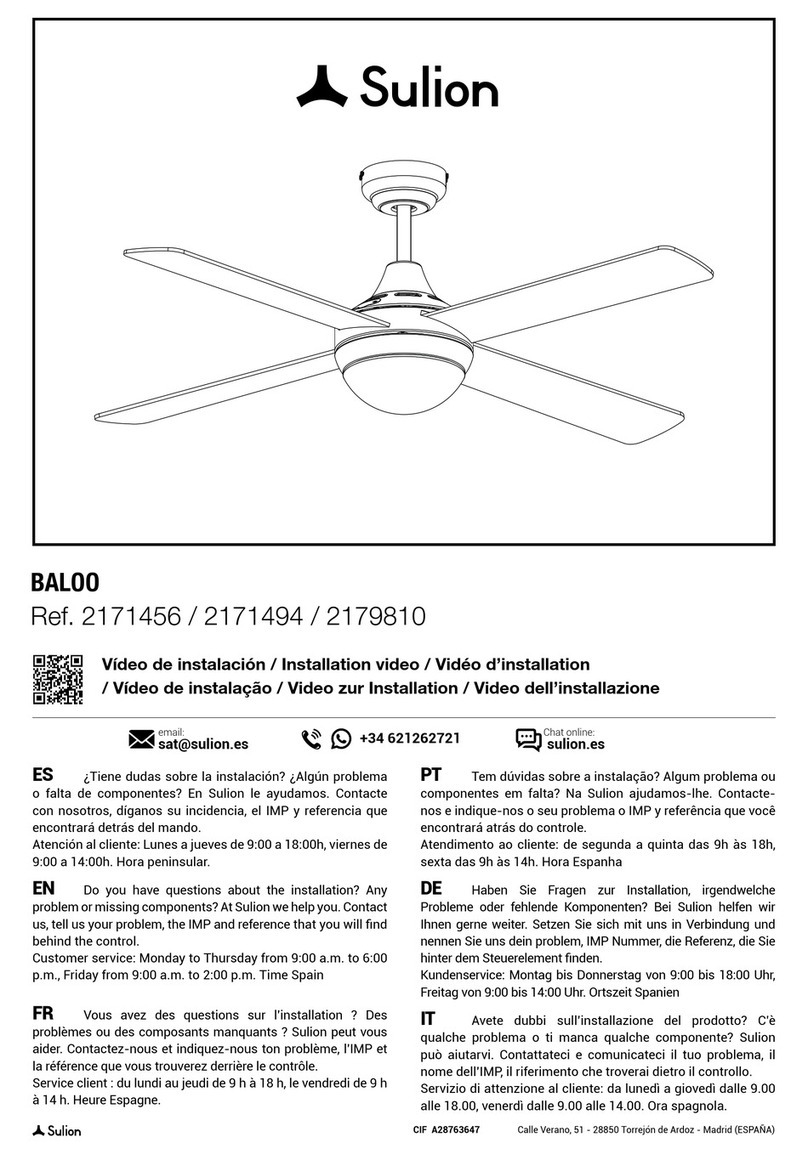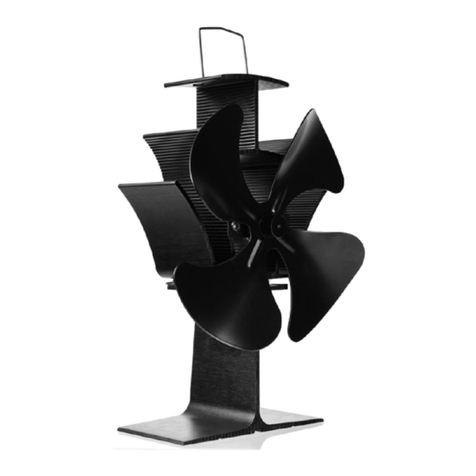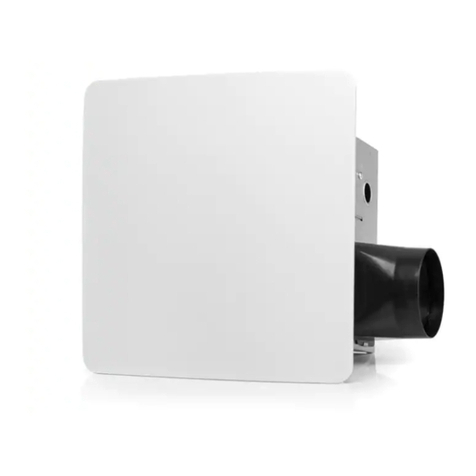4 / 36
TF6089_B Aereco S.A.
Specific working
of the DXR Excellence version
The Excellence version corresponds to the
best HRV solution in terms of indoor air
quality and energy savings. In this version,
the DXSystem adapts airflows room-by-room
based on specific needs, while balancing
supply and exhaust. A distribution box (DX
Hub 2), connected to CO2or presence
sensors 5located in all the dierent main
rooms, adjusts supply airflows through
dampers. The DX Hub is equipped with a
compensation supply valve to ensure high
airflow on the exhaust side. The exhaust
airflows are controlled by humidity sensors or
presence detectors or other activators in the
exhaust units.
2. DESCRIPTION
2.1. GENERAL INFORMATION
The DXSystem is a range of smart heat recovery ventilation systems that continually supply pollen-free and dust-free preheated fresh air to living areas,
ensuring a comfortable feel-good climate.
The DXR is a heat recovery unit with demand-controlled airflows for horizontal installation (in the false ceiling) in the apartment or in the house, from 2to
5 main rooms, and from 1 to 5 technical rooms (kitchen, bathroom, others wet rooms). The apartment is limited to 2 floors (1 ground floor and 1 floor
maximum), and has a maximum surface of 210m². This HRVsystem can also be used in oces, hostels, etc., if the required airflow is in accordance
with the one oered by the system.
General working of the DXSystem
The DXSystem is comprised of a heat recovery unit (DXR Unit) connected to exhaust units which controls the supplied airflows. The counter-flow heat
exchanger, integrated into the main unit, ensures the recovery and transfer most of the energy from the exhaust air to the supply air, thus limiting the
energy required to heat the fresh air.
Airflows are automatically controlled according to the needs of each or many rooms of the dwelling: for the supply air 3in the bedrooms and the living
room, and for the exhaust air 6from the kitchen, bathroom and WC. On the supply side, depending on the DXSystem version installed (Excellence or
Excellence version), one or many sensors 5can adjust the airflow to all main rooms based on the CO2, proportionally to the measured level of pollutant
or based on the presence detection. On the exhaust side, the BXC units automatically adjust the airflow, according to parameters read by various sensors:
humidity in bathroom, presence in WC, humidity and manual boost in the kitchen. Versions with switch, presence, remote, CO2or VOC sensors can also
be used for exhaust units.
At all times, the total supply and exhaust airflows are measured and balanced by means of one controlled compensation valves 8(for Excellence version)
or by an additional one, integrated in the DXHub5 or DXHub6 2(for Excellence version) which can be located in the living room, in the kitchen or in
a corridor. Compensation valves are linked to dedicated compensation exhaust 7or supply units 4. For example, when the main rooms are occupied,
the presence or CO2sensors that are located in these rooms send the information to the system to adapt the airflow according to the demand. To reach
the required airflow at the supply, the exhaust compensation valve is open at a certain level depending on the information sent by the sensors in the main
room. This leads to a change of supply airflow (supply airflow is always balanced with the exhaust one).
When the outside temperature is mild enough, the bypass, located in the DXR Unit 1, automatically allows to the supply air to be filtered and then to be
supplied in the dwelling without going through the heat exchanger. it can also be used in free-cooling mode to provide night cooling in summer.
CO2 detection
Based on the level of CO2in the room, a
consequence of people occupancy, CO2sensors
are a really good indicators to modulate the
supply airflows. Allows reliable measurement
of the concentrations of CO2in a zone. The
analysis principle consists in measuring the
absorption of infrared light in order to determine
the concentration in a room. This method gives
a very accurate response and is not aected by
any other pollution (humidity, dust, etc.).
Presence detection
The presence sensors located in the main
rooms (at least 1 sensor in the main rooms)
send the information to the system (presence
detected or not) with a timer that depends on
the period through luminosity measurement
(day or night). This timer keeps the detection
at the maximum level during 20 or 45minutes
after the last detection, to optimize the quality
of detection. Timer day = 20 min ; Timer
night= 45min. An average of the detections
in the rooms is calculated to define the total
level of need / airflow for the supply. If this
level is higher than the current level of exhaust
airflow, then the exhaust compensation valve is
activated to increase the supply airflow as well.





















